Legend of White Snake, local traditional folk literature in Zhenjiang City, Jiangsu Province and Hangzhou City, Zhejiang Province, is one of the national intangible cultural heritage.
Legend of White Snake is the story of White Snake and White Lady. Legend of White Snake, also known as Legend of White Lady and Legend of Leifeng Pagoda, is one of the four ancient Chinese folklores. It tells a series of sad and joyful divorces, such as the transformation of white snake into White Lady (Bai Suzhen) after thousands of years of practice, bringing Qing snake Xiaoqing to the West Lake of Hangzhou, meeting and marrying Xuan Xian, a pharmacy assistant, and being interfered by monk Fahai. The story. The legend of White Snake has rich cultural connotations, which not only reflects people's yearning for freedom of marriage and love life, but also shows people's pursuit of human liberation. In the legend of White Snake, a large number of traditional customs and customs are preserved, and the spirit of national culture is concentrated.
On May 20, 2006, the legend of White Snake was approved by the State Council to be included in the first batch of national intangible cultural heritage lists, with the heritage number I-6.
historical origin
In the early Tang Dynasty, the original legend of "Jinshan Monastery monk descending white snake" had sprouted in Zhenjiang.
In the Song Dynasty, the story of Leifeng Pagoda, a word version of "Legend of White Snake" has been circulated among the people in Zhenjiang. The main content of the story has basically formed.
In the Ming Dynasty, Feng Menglong, who had taught Confucianism to Dantu in Zhenjiang, in his fiction "Leifeng Pagoda of Bainiangzi Yongzhen", corresponded to several real place names of Zhenjiang at that time, such as Needle Bridge, Jinshan Temple, Five Lanes, Ferry Pier, etc. Ancient Jinshan is a small island in the Yangtze River, surrounded by water, known as "Fuyu". The incense on the mountain, together with the ups and downs of the Yangtze River, has formed a considerable mystery, which provides rich imagination space for creation.
The legend of Leifeng Pagoda adapted by Fang Chengpei in Qing Dynasty describes in detail the climax of the story of "Shuimen Jinshan Temple".
Cultural characteristics
Content architecture
The story tells of a white Dragon Cave on the Jinshan Mountain in Zhenjiang Yangtze River. There is a beautiful white snake in the cave. In order to repay young Xu Xian for saving his life, he married Xu Xian in the West Lake. Hou Bainiang's husband and wife opened a pharmacy called Baohe Tang in five streets of Zhenjiang to help the poor. Unexpectedly, all this angered Fahai, the abbot of Jinshan Temple. Fahai wants to break up the loving couple of Bainiang and Xuxian. It was designed for the Dragon Boat Festival to force Bainiang to show her original shape with realgar wine and frighten Xuxian to death. The white lady and the maid, Xiaoqingyong, robbed Xiancao to revive Xuxian. But Fahai deceived Xu Xian to Jinshan to separate husband and wife. After the Bainiangzi flooded the Jinshan Mountains, she met Xuxian Broken Bridge and reconciled as before. Unexpectedly, Fahai reappeared and used purple and gold bowls to town Bainiangzi under Leifeng Pagoda. Finally, Xiao Qing practiced for several years, and finally tried to knock down the Leifeng Pagoda, rescue the white lady, and achieve a great reunion.
The basic plot of this story was completed in Legend of Leifeng Pagoda adapted by Fang Chengpei in Qing Dynasty. The main plot of Legend of Leifeng Pagoda develops to 34 sections. The biggest breakthrough in the story is to increase the plots of "water bucket" and "stealing immortal grass" which can express the character of the white lady. The development of these important plots is closely related to Zhenjiang. From then on, the theory of "Shui Man Jin Shan Temple" not only increased the legendary and romantic flavor of the story, but also showed the white lady's human feelings and loyalty to love. In the story, the evil spirit is weakened, from the contradiction between Bainiangzi and Xuxian to the struggle between Bainiangzi and Fahai, the plot of the story also more clearly reflects the wishes of the people.
artistic characteristics
The legend of White Snake is sad and moving. It has the artistic characteristics of combining Romanticism with Realism and attaching equal importance to realism and freehand brushwork. Its structure is in line with the aesthetic principles of Chinese art.
The image of the White Lady, which has been refined and sublimated for a long time, has two characteristics: one is kindness, virtue, smart, competent, gentle and obedient; the other is the bold pursuit of free love and happy life, full of optimism and courage, tenacity and perseverance, which embodies the people's ideals, from the generation, spread and evolution of the story "Legend of White Snake". We can see the greatness of people's creation.
Forms of expression
The legend of the White Snake originates from folk stories about snakes, totems of snakes, beliefs of snakes and so on. It has gradually become complete from words to perfunctory articles. Its content has also changed from snake-eating to snake-demon-deceiving and harmful, to snake-man love, to expressing love and striving for happiness and freedom.
As the legend of White Snake in folk literature, it centers on the "legendary core" and mainly uses oral language to tell the story, reflecting the psychological activities of the characters, shaping the image of the characters and expressing people's thoughts and feelings.
Inheritance and protection
Inheritance value
The theme of the story is very distinct in opposing evil, promoting good deeds and pursuing freedom of marriage; the plot is singular and touching; the characters in the story are prominent, good and evil are distinct, especially the virtuous, kind and unyielding spiritual beauty of traditional Chinese women embodied in the heroine Bai Niang Zi. These generally reflect the high aesthetic value of art. The legend of White Snake also contains quite a lot of social life, which indirectly reflects many ancient folk phenomena, such as the Dragon Boat Festival culture and customs. The whole story embodies the Chinese nation's social cognition, moral concepts, emotional characteristics, aesthetic orientation and artistic creativity, and has social, historical and cultural research value. The legend of White Snake, as an outstanding treasure of Chinese folk culture, contains many aspects of information value, which has always been a topic of discussion and research.
Because of the classicality of the legend of White Snake, its influence on other cultural and artistic styles is long-term and far-reaching. First of all, the legend of White Snake is closely related to opera. According to the statistics of 1959, more than 360 kinds of operas and 300 kinds of operas in different nationalities and regions of China have adapted and performed the Biography of White Snake. Many of the operas in the whole book have become classic repertoires of some operas and operas. For example, in Beijing Opera, Kunju Opera, Yueju Opera, Sichuan Opera and other operas, "Tour Lake", "Pirate Immortal Grass", "Water Dou" and so on, there are fascinating performances; Yangju's "Shangjinshan", "Fangxuxian" and "Broken Bridge Fair" are also very exquisite; Yangzhou Qingqu's "Shui Man Jinshan Temple" is also its key repertoire. Secondly, the creation of the novel and the romance of White Snake has never stopped. In 1935 and 1936, Mr. Lu Xun wrote two essays on the collapse of Leifeng Pagoda and on the collapse of Leifeng Pagoda again. Famous writers and dramatists Fu Xihua, Zhao Jingshen, Tian Han, Dai Bufang, A Ying, Zhang Geng and so on have written many literary works and comments on the Biography of the White Snake. The famous writer Zhang Henshui and Zhao Qingge created the popular novel The Biography of White Snake in 1955 and 1956 respectively. Kang Xinmin and Chen Jing of Zhenjiang City also created the popular novel Snake Love in 1988, which reflects the biography of White Snake.
Inheriting characters
Li Zhizhong, a Zhenjiang native born in 1890, is the first practical inheritor of the legend of White Snake in Zhenjiang. Li Zhizhong's stories retain the vivid oral literary language and attractive plot. He is a well-known local storyteller. His legend of the White Snake was published in Folk Literature and was later selected into the Family of Folk Stories of the Chinese Nation, Selected Chinese Folk Stories, and The Collection of Chinese Folk Stories, Jiangsu Volume. Li Zhizhong died of illness in the 1970s.
The second successor was Zong Zhenming, born in Yixing in 1909. Influenced by his father as a child, he liked to tell stories, especially the legend of White Snake. Among them, the most influential one was "Tears in Jinshan Temple". He has more than sixty stories published in publications at or above the provincial level. He died of illness in 1990.
The third successor is Ni Shuangxi, born in Dantu in 1912. Ni Shuangxi is a master of folk songs. His folk song chant "The Story of White Snake" sung at Dantu County Folk Song Concert is widely spread in Zhenjiang and published in "Integrated Chinese Ballads Jiangsu Volume". He died of illness in the 1980s.
Since then, Zhou Guangfu, who was born in 1909 and Bao Jiqing, a tale expert born in 1900, have also been the representative inheritors of the biography of White Snake.
protective measures
Zhenjiang City has done a lot of work to protect the legend of White Snake in folk literature. As a key unit of intangible cultural heritage protection, Zhenjiang Minwen Culture and Art Museum has excavated and collected many original materials about the legend of White Snake, which provides a good condition for research and implementation of protection. On this basis, Zhenjiang has held a number of activities related to the legend of the White Snake in various forms, and created many works related to the legend of the White Snake.
social influence
Honorary commendation
On June 11, 2018, Sichuan Opera "The Story of White Snake", directed and directed by students of Chongqing University, won seven awards in the 6th Chongqing University Student Theatre Performance Season.
Important activities
The dance drama "Sunset" adapted from the well-known traditional opera and the classic love story "The Legend of White Snake", premiered in Beijing National Theatre in November 2015. This masterpiece received strong repercussions and toured more than 20 performances in Beijing and Tianjin in the same year. In November 2016, it was staged at the 9th "Spring and Autumn Reality" Art Academy Stage Art Week of the National Grand Theatre, and it was highly influenced by all walks of life. Notes and praises; in 2017, it received special funding support to modify, process and improve, and was staged three times in Beijing National Theatre.
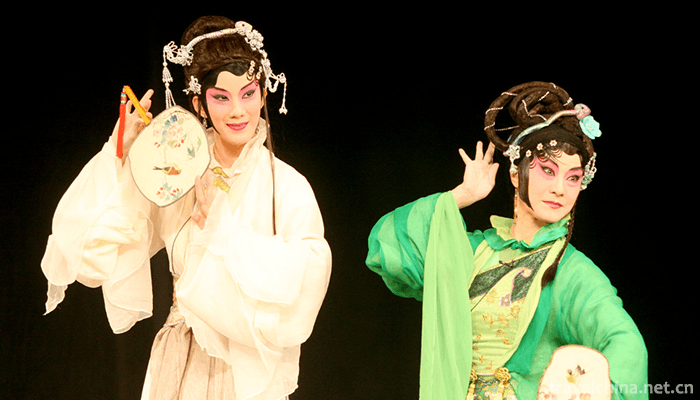
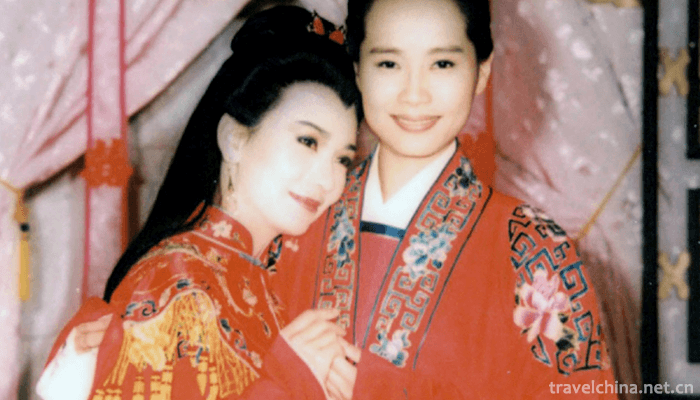
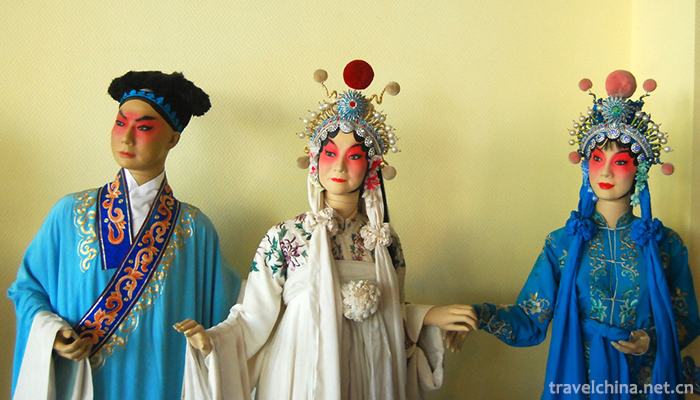
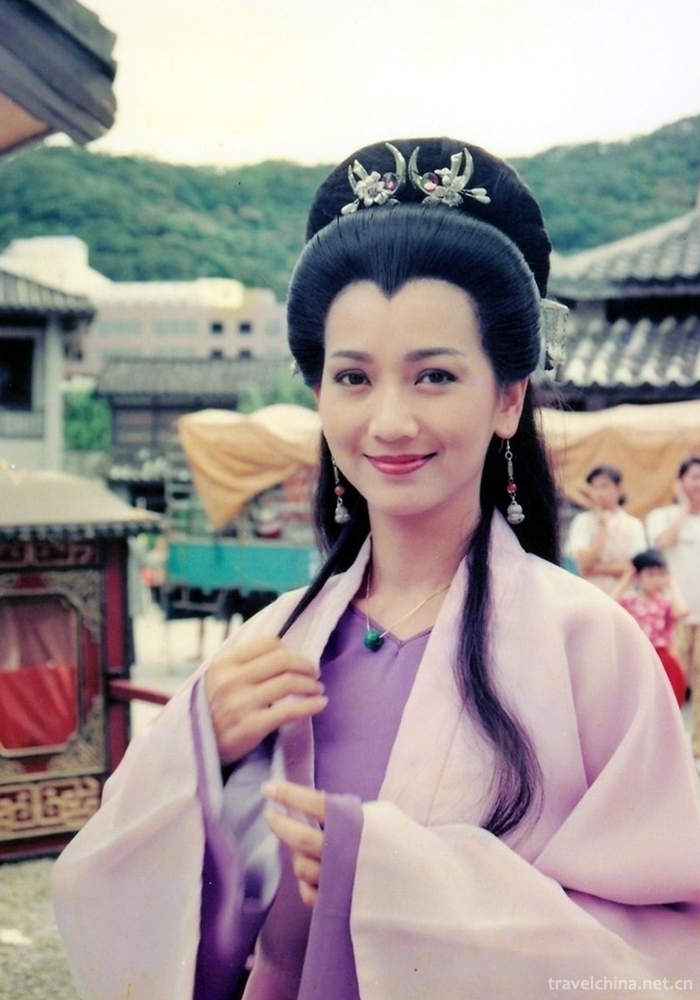
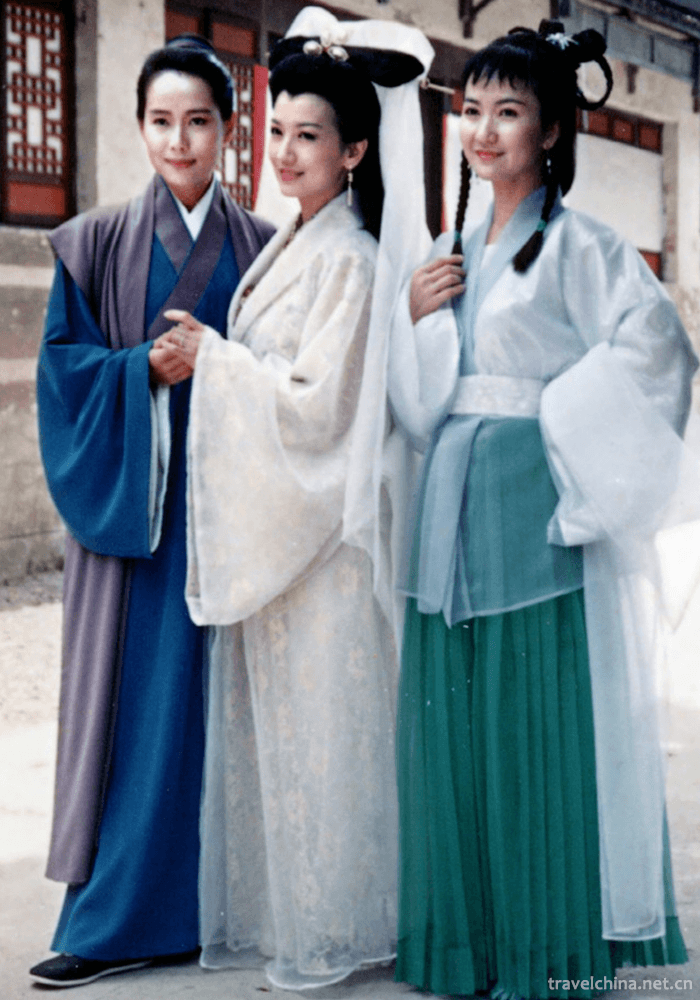

0 Questions
Ask a Question
Your email address will not be published.